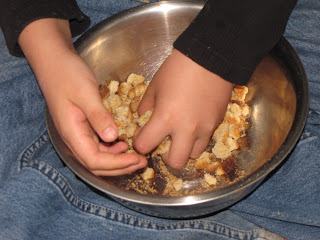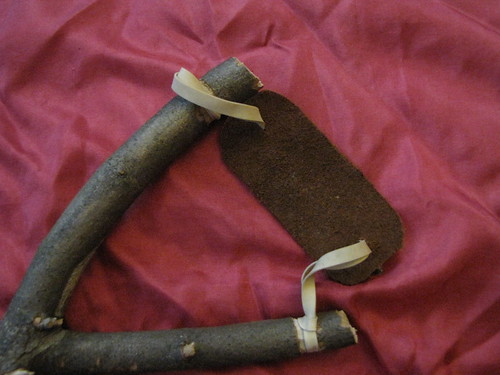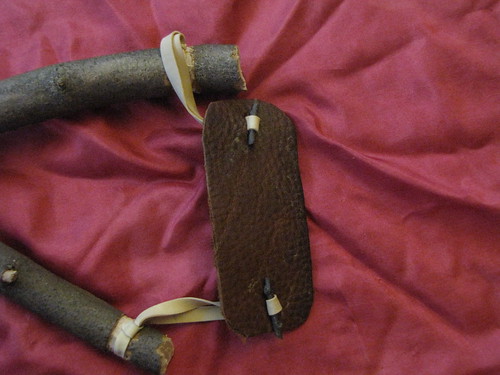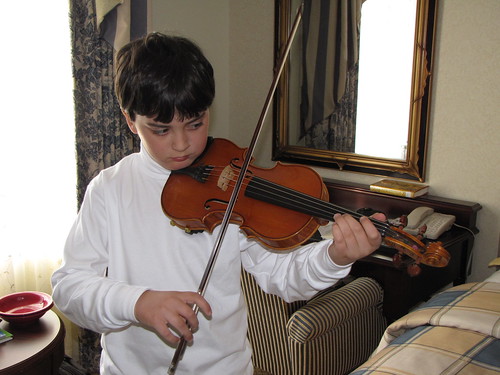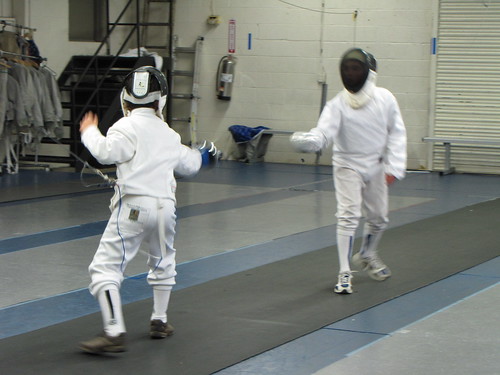Sickle cell anemia is an inherited disease where the body makes abnormal sickle shaped red blood cells.
What is it?
Normal red blood cells are disc shaped cells that flow easily. They carry three types of hemoglobin, an iron-rich protein that carries oxygen, hemoglobin A, A2, and F. Over 96% of the hemoglobin in normal cells in hemoglobin A. In sickle cell disease the red blood cells have an abnormal shape which makes them clump up and block small blood vessels. This is caused by a mutated hemoglobin, hemoglobin S, which bonds together to form long chains that give sickle cells their rigid shape.
Who gets it?
People get sickle cell disease when they get two copies of the abnormal hemoglobin gene from their parents. People of sub-Saharan descent are much more likely to have the disease. People from the Middle East, India, and South America are also at increased risk. In the United States about 70,000 – 100,000 people have sickle cell disease. One in 500 African American children are born with sickle cell disease.
People who only get one copy of the hemoglobin S gene are said to have sickle cell trait. They have no symptoms of sickle cell disease but can pass the condition on to their children.
In places with malaria, people with sickle cell trait are thought to have a higher chance of surviving malaria infection. This is because when the malaria parasite settles in a red blood cell, the cell may sickle and be removed by their spleen, helping the person fight the infection.
Signs and symptoms
People with sickle cell anemia usually don’t develop symptoms until they are over 4 months of age. This is because infants, even with sickle cell disease, have high amounts of hemoglobin F (also known as fetal hemoglobin) in their red blood cells.
Common symptoms of sickle cell disease are anemia and pain. Anemia, or low number of red blood cells, causes tiredness, dizziness, and feeling cold. Normal red blood cells live for about 120 days before being removed by the spleen. Sickle cells only live 10 to 20 days. The bone marrow of people with sickle cell disease cannot make enough new blood cells to maintain a normal number of red blood cells. This is why sickle cell disease is often called sickle cell anemia.
The pain in sickle disease is caused when sickle cells clump up and block capillaries and stop oxygen from reaching parts of the body. In addition to pain, lack of oxygen can cause tissues to die resulting in strokes, heart attacks, blindness, and other organ damage.
Sickle cell crisis, or acute pain attacks, can happen occasionally or as often as 15 times a year. They can be mild or very severe.
Most people with sickle cell disease damage their spleens. The spleen helps the body fight certain kinds of infections. Without a spleen, people with sickle cell disease, are very susceptible to infections.
Treatment
There is no widely available cure of sickle cell disease. In some children a bone marrow transplant can be used to cure the disease.
Children with sickle cell disease are given antibiotics to help prevent infections as well as getting vaccinations.
Pain medicines and fluids are used to treat pain crisis. Sometimes blood transfusions are also used.
A new method for preventing pain crisis is to give patients a medicine called hydroxyurea. This medicine causes the body to make more hemoglobin F which carries oxygen well and reduces the frequency of pain crisis.
Scientists are trying to use gene therapy to replace the abnormal hemoglobin gene in people with sickle cell disease.






